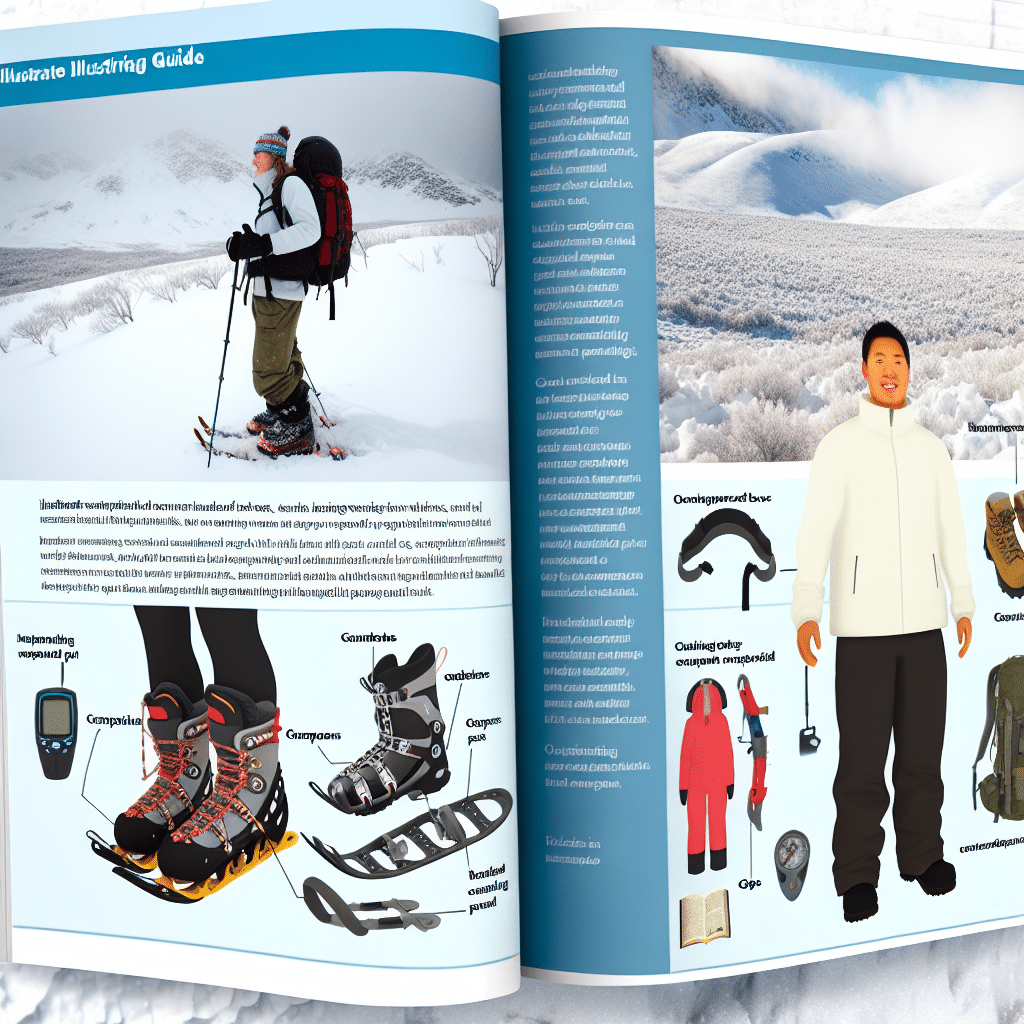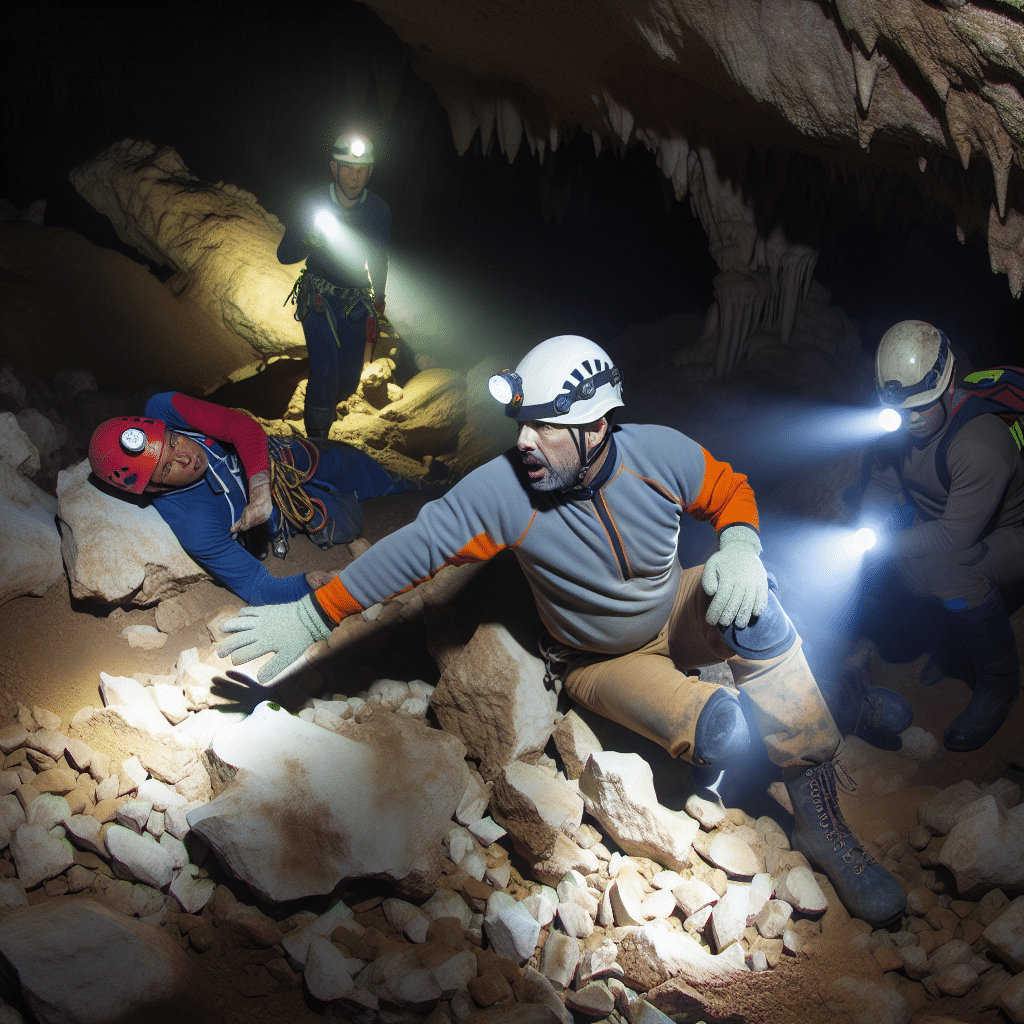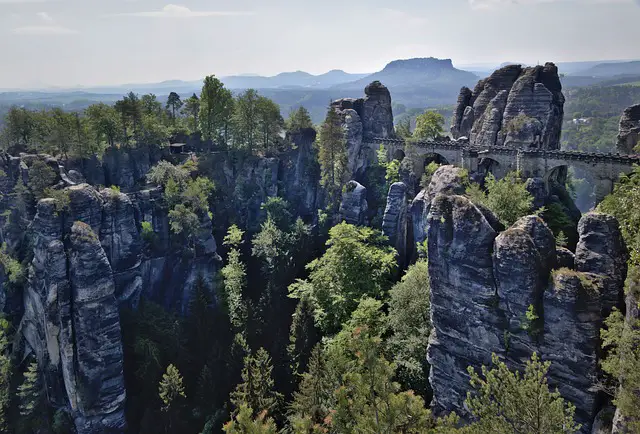Snow trekking, a sport that combines the thrill of mountaineering with the magic of a winter wonderland, is rapidly gaining popularity among outdoor enthusiasts. This article provides a comprehensive guide for those interested in embarking on their own snow trekking adventure.
What is Snow Trekking?
Snow trekking, or winter hiking, involves hiking or trekking on trails covered with snow. Unlike other winter sports like skiing or snowboarding, snow trekking doesn’t require any advanced skill set. Anyone who is physically fit and has a love for the outdoors can participate in this activity.
Why Choose Snow Trekking?
Why opt for a snowy expedition when you could trek in a warmer climate? Simply put, snow trekking introduces an entirely different landscape, one that is serene, pristine and enchantingly beautiful. Imagine walking through a path covered with fresh white snow, with snow-capped trees lining your trail and the silence of winter surrounding you. It’s a unique experience that allows you to enjoy nature from a different perspective.
Essential Gear for Snow Trekking
Before you step out into the snow, it is crucial to have the right type of gear. Not only will it enhance your snow trekking experience, it will also ensure your safety.
Appropriate Clothing
The key to staying comfortable while snow trekking is layering. Begin with a moisture-wicking base layer to keep you dry, followed by an insulating middle layer and a waterproof outer layer to protect against snow and wind. Insulated, waterproof boots are also a must-have.
Gear for Navigation and Safety
Snow can make trails hard to navigate. Essential gear includes maps, compasses, a GPS device and trekking poles. Additionally, stuff your backpack with a first-aid kit, headlamp, multi-tool knife and a whistle for safety purposes.
Snow Gear
Snowshoes, gaiters and crampons are necessary for traversing snowy landscapes. They provide the traction needed to stay upright and prevent snow from entering your boots.
Preparing for Your Snow Trek
Aside from the right gear, proper planning is pivotal to a successful and safe snow trekking adventure.
Physical Conditioning
Take time to get your body in shape. Snow trekking is physically demanding and requires strength, balance and cardiovascular endurance. Regular workouts involving aerobic exercises and strength training should be incorporated months in advance.
Research and Planning
Research is crucial. Study the trail, check weather forecasts and understand potential hazards. Also, familiarize yourself with the signs of frostbite and hypothermia. Once you have gathered all necessary information, plan your route and decide on your start and end points.
Check-in Procedure
Before embarking on your journey, inform someone of your plan including where you are going, your route, and when you expect to return. This step is key for your safety.
Are You Ready for Snow Trekking?
The prospect of snow trekking may seem daunting, but with proper planning, training and equipment, it is an adventure that is well within your reach. So, are you ready to strap on your snowshoes and traverse the winter wonderland?
Remember, snow trekking isn’t just a test of physical fitness, it’s a journey of personal discovery against a backdrop of breathtaking beauty. As the snow crunches beneath your feet and the winter air fills your lungs, you’ll understand why this frosty pursuit is worth every step. No matter what, the most important thing is to respect and appreciate the beauty of the great outdoors. Stay safe and enjoy the trek!




